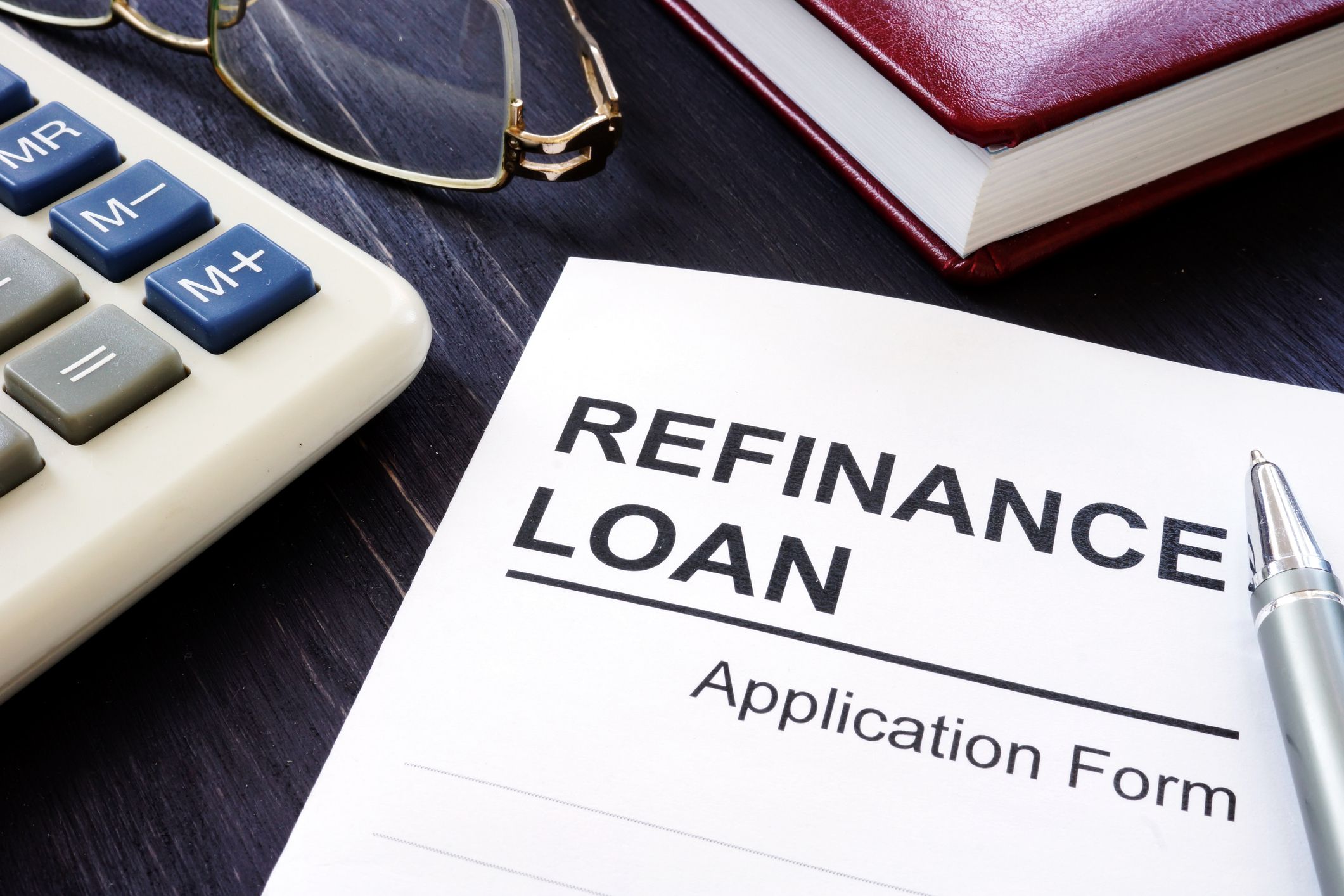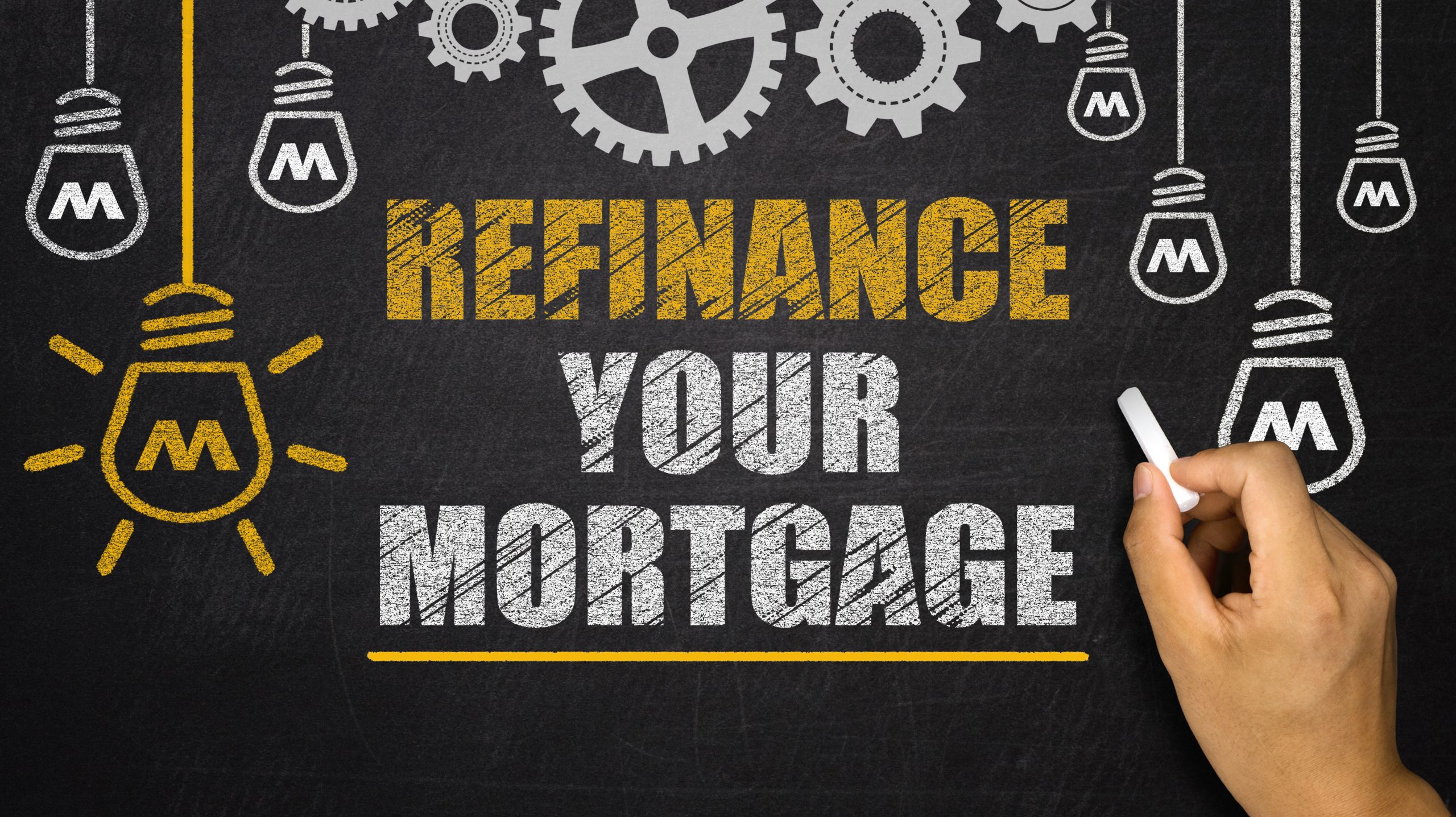Overview of Mortgage Refinancing Options

When it comes to mortgage refinancing, it involves replacing your current mortgage with a new one. This new mortgage comes with different terms, such as interest rates and loan duration, which can help you save money or achieve other financial goals.
Refinancing a mortgage can offer several benefits, including lowering your monthly payments, reducing the total interest paid over the life of the loan, or accessing cash for home improvements or other expenses. It can also help you switch from an adjustable-rate mortgage to a fixed-rate mortgage, providing more stability in your payments.
Types of Mortgage Refinancing Options
- Cash-Out Refinance: This option allows you to borrow more than your current mortgage balance and receive the difference in cash. It’s useful for consolidating debt, funding home renovations, or other large expenses.
- Rate-and-Term Refinance: With this option, you can change the interest rate, loan term, or both of your mortgage. It’s ideal for securing a lower interest rate, reducing the loan term to pay off the mortgage faster, or switching from an adjustable-rate to a fixed-rate loan.
- Streamline Refinance: This type of refinance is available for government-backed loans like FHA or VA loans and comes with fewer requirements and paperwork. It’s a faster and simpler process compared to traditional refinancing.
Factors to Consider Before Refinancing

Before deciding to refinance your mortgage, there are several key factors that you should take into consideration to ensure it is the right choice for your financial situation.
Interest Rates for Refinancing Options
When considering refinancing, one of the most important factors to look at is the current interest rates. Compare the interest rates offered by different lenders and determine if the new rate will be lower than your current one. A lower interest rate can potentially save you a significant amount of money over the life of the loan.
Credit Score Impact
Your credit score plays a crucial role in mortgage refinancing. Lenders use your credit score to determine the interest rate they will offer you. A higher credit score typically results in a lower interest rate, while a lower credit score may lead to a higher rate or even a denial of the refinancing application. It’s important to review your credit report, address any errors, and work on improving your credit score before applying for refinancing.
Types of Mortgage Refinancing Options

When considering mortgage refinancing, there are several options available to homeowners. Each type of refinancing serves a different purpose and has its own set of benefits. Here are three common types of mortgage refinancing options to consider:
Rate and Term Refinancing
Rate and term refinancing is a type of refinancing where the interest rate or loan term of the mortgage is adjusted without changing the loan amount. This type of refinancing is popular when interest rates are low, as homeowners can take advantage of lower rates to potentially lower their monthly payments or shorten the term of the loan. It can help homeowners save money over the life of the loan by securing a more favorable interest rate.
Cash-Out Refinancing
Cash-out refinancing allows homeowners to borrow more than what is owed on their current mortgage, using the equity in their home as collateral. This type of refinancing is commonly used to access cash for home improvements, debt consolidation, or other major expenses. By refinancing and taking out a larger loan, homeowners can receive a lump sum of cash at closing. It’s important to carefully consider the implications of cash-out refinancing, as it can increase the total amount owed on the mortgage.
Streamline Refinancing
Streamline refinancing is a simplified process that allows homeowners to refinance their mortgage with less documentation and paperwork. This type of refinancing is typically offered by the government, such as through the FHA or VA loan programs. Streamline refinancing is designed to make the refinancing process faster and more efficient, with fewer underwriting requirements. It can be a great option for homeowners looking to lower their interest rate or monthly payments without a lot of hassle.
Process of Mortgage Refinancing
When it comes to refinancing a mortgage, there are specific steps involved that borrowers need to follow. This process can help homeowners secure better loan terms and potentially save money in the long run. Here, we will Artikel the steps involved, provide tips for a smooth refinancing process, and discuss the documents required for mortgage refinancing.
Steps Involved in Refinancing a Mortgage
- Evaluate Your Current Mortgage: Review your current mortgage terms, interest rate, and remaining balance to determine if refinancing is the right choice.
- Check Your Credit Score: A good credit score is essential for securing favorable refinancing terms. Take steps to improve your credit score if needed.
- Shop for Lenders: Compare offers from different lenders to find the best refinancing deal that suits your needs.
- Submit an Application: Complete the application process with the chosen lender, providing all necessary documentation and information.
- Appraisal and Underwriting: The lender will order an appraisal of your home and review your financial information to approve the refinance.
- Closing: Sign the new loan documents, pay any closing costs, and finalize the refinance process.
Tips for a Smooth Refinancing Process
- Organize Your Financial Documents: Have all necessary documents, such as pay stubs, tax returns, and bank statements, ready for the lender.
- Communicate Effectively: Stay in touch with your lender and respond promptly to any requests for additional information.
- Consider the Costs: Calculate the closing costs and fees associated with refinancing to ensure it makes financial sense for you.
- Lock in Your Rate: Once you find a favorable interest rate, consider locking it in to protect against potential rate increases.
Documents Required for Mortgage Refinancing
- Proof of Income: Recent pay stubs, tax returns, and W-2 forms to verify your income.
- Asset Verification: Bank statements, investment accounts, and other asset documentation.
- Homeowners Insurance: Proof of current homeowners insurance coverage.
- Property Information: Details about your property, including the latest appraisal.
- Debt Information: Information on any outstanding debts or loans you currently have.